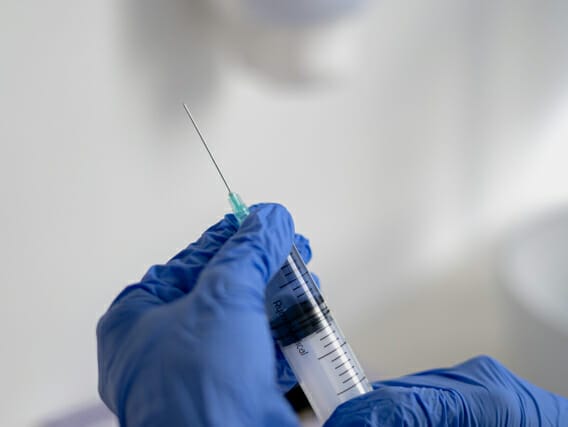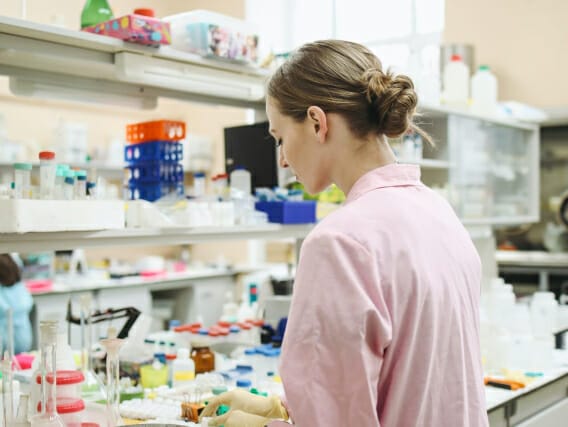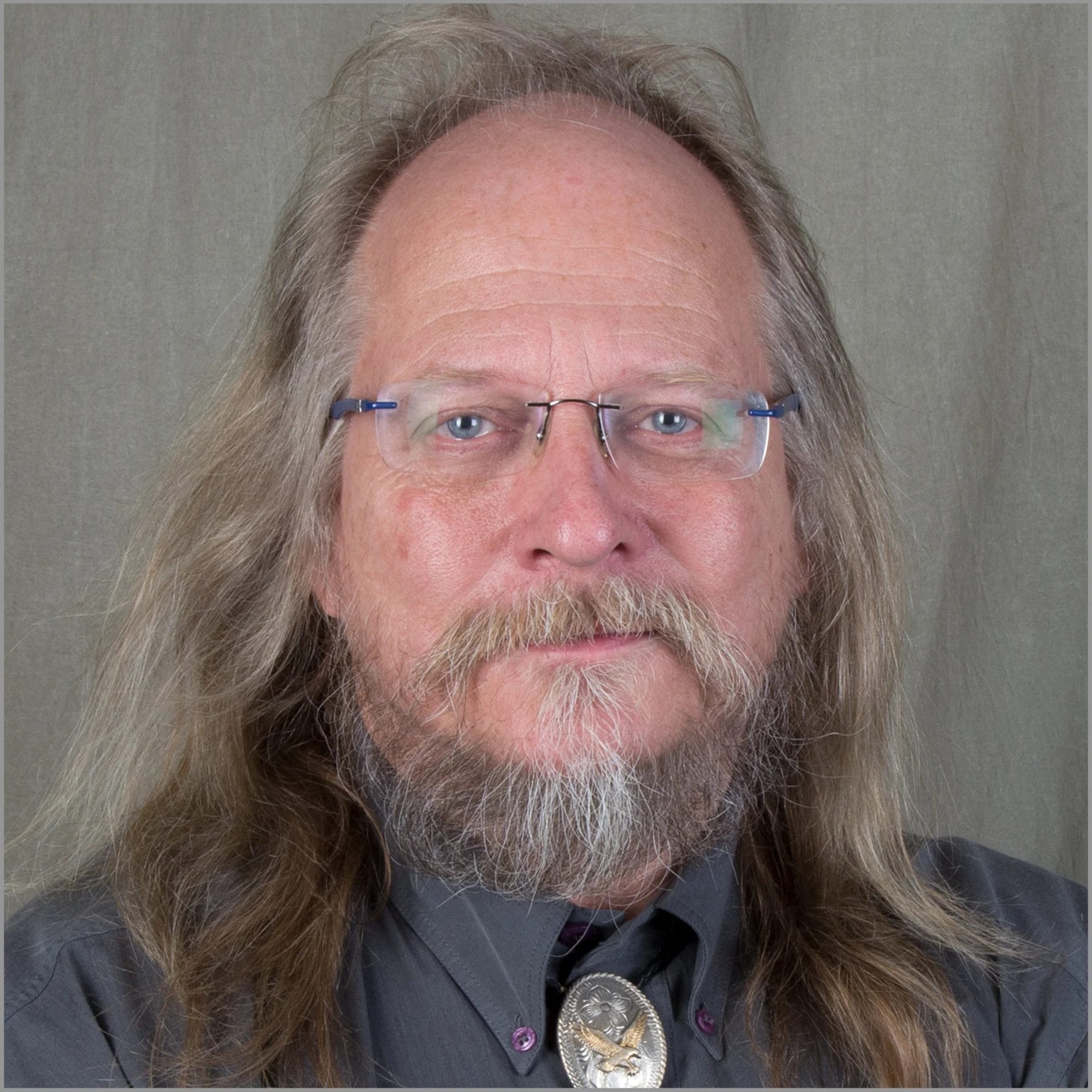
GC Kurser
I år har vi återigen möjlighet att erbjuda en heldags GC kurs med GC gurun Jaap de Zeeuw.
Det blir som vanligt hög kvalitet och många tips och lärdomar vilka hjälper dig i ditt arbete med GC analys.
Denna gång genomför vi kursen i samarbete med organisatörerna för SCS2025 i Västerås.
Mer info och anmälan nedan.
Datum: 18 Juni 2025

GC Masterclass
Pris: Ingår i avgiften för SCS2025
Du behöver anmäla dig till GC kursen här genom formuläret längre ner på sidan, men även till SCS2025. Det gör du lätt via länken.
Kursen kommer att vara på Engelska.
Kursplanen
GC Troubleshooting
8.30 – 11.30
In gas chromatography, most problems occur when introducing the sample into the column. In the injection system there are many parts that can contribute to a problem. These are usually replaceable parts (septa, liner, O-ring, seals, ferrules, split line filters, etc.), but also the gas lines and the sample itself can pollute, causing a bias or adding “ghost” peaks.
The choice of type of liner is important as well as understanding the purpose and risks of glass wool. Causes and prevention will be discussed in detail.
We also zoom into the sources of possible interference peaks, the use and impact of using other carrier gases( N2 and H2), minimizing the column bleed and background signal, correctly choosing a replacement column, preventing split peaks caused by injection or solvent mismatch, what to do with unstable components, use of the retention gap, correctly cut and connect columns, applying guard-, or pre-columns, detector and transfer line effects, challenges of using PLOT columns. The chromatogram is like a fingerprint. From the chromatogram deduction can be made where potential problems are related to. All data shown in this module is coming from real situations.
GC- Method development
ca 13.30 – 17.00
There are two types of challenges in GC method development. Optimize an existing method with the goal to save costs on maintenance, analysis time or replacement parts, or an existing method must be changed by moving to a MS detection system or the separation must be improved by working more optimal or using a more efficient column dimension. In all these cases the stationary phase is not changed, because the separation is fine.
If the costs have to be reduced, a cheaper or faster carrier gas can be considered. Also a shorter analysis time can be obtained by higher gas velocities or the use of short columns with different diameters. The ultimate goal is that exactly the same chromatogram needs to be obtained. To achieve this, the oven temperature program must be adjusted in such a way, that the elution temperatures of the components in the new method, will be the same as in the original method. To realize this, calculation programs are available on the internet which can be used.
If the separation needs to be significantly improved or a new method must be developed, the most selective phase must be found first and then optimize the operational parameters. To find the optimal phase, application databases from GC vendors will help. There is also a GC modeler that Restek corporation made freely available on their website. This allows you to simulate the separation of the components you are interested in by showing the separation on different stationary phases. Column dimensions, carrier gases, flows and oven programs can be changed manually. With this software, you have basically a GC in your laptop and you can do hundreds of experiments in just a few hours.
In this workshop we will explain in detail how this can be done and you will also work out some exercises yourself.

Vem är Jaap de Zeeuw?
Kursen presenteras av Jaap de Zeeuw. Jaap har 45 års erfarenhet inom GC och har arbetat på Chrompack, Varian och Restek. Han har utvecklat flera PLOT-kolonner och även den första bonded Wax-fasen. Jaap är också uppfinnaren av en ny GC-teknik för mycket snabb GC/MS genom att använda högt vakuum inuti kolonnen, för vilken flera patent har beviljats.
Jaap är känd för sina tekniska erfarenheter, publikationer och undervisningsförmåga. Jaap gick i förtidspension 2022 och startade sitt eget företag där han fortsätter att dela med sig av sin erfarenhet genom GC-mästarklasser och konsultation. Han har också satt ihop en klass för kreativ problemlösning för tekniska specialister. Detta för att lära sig tänka ”out of the box” för att generera unika nya idéer/lösningar.
